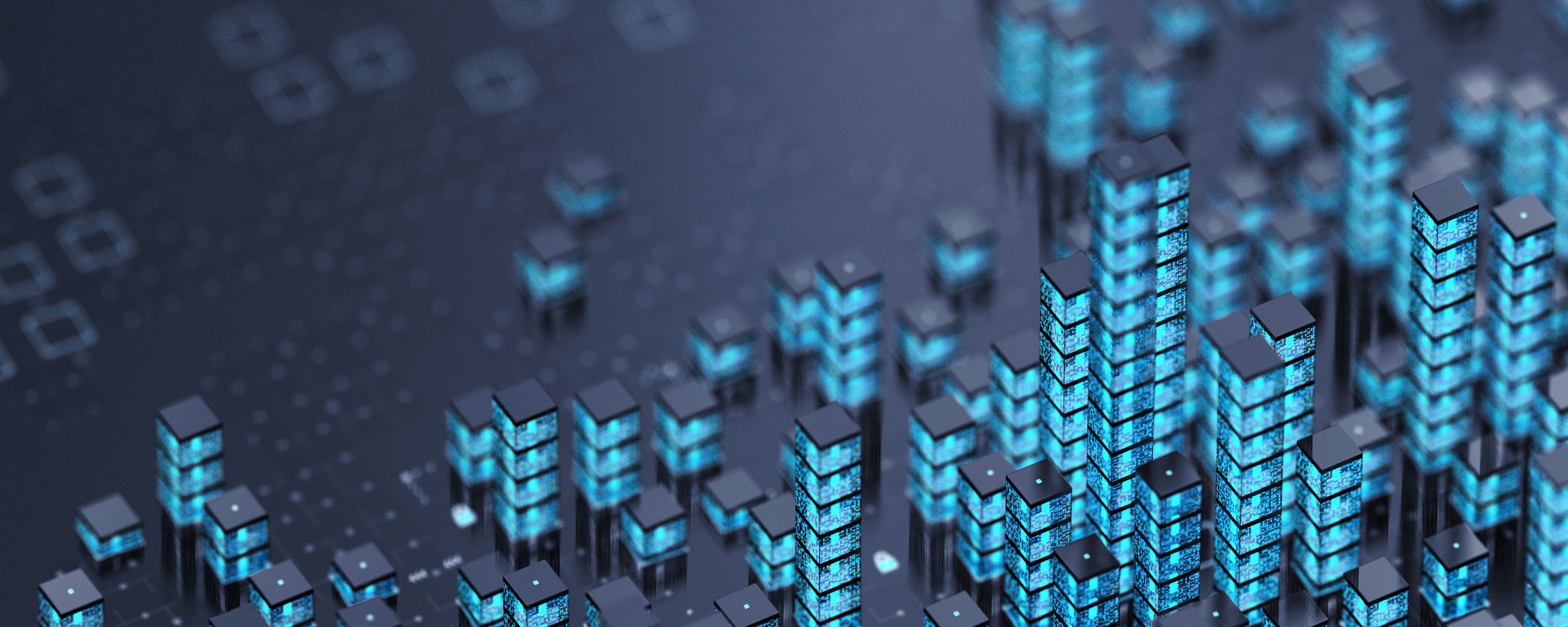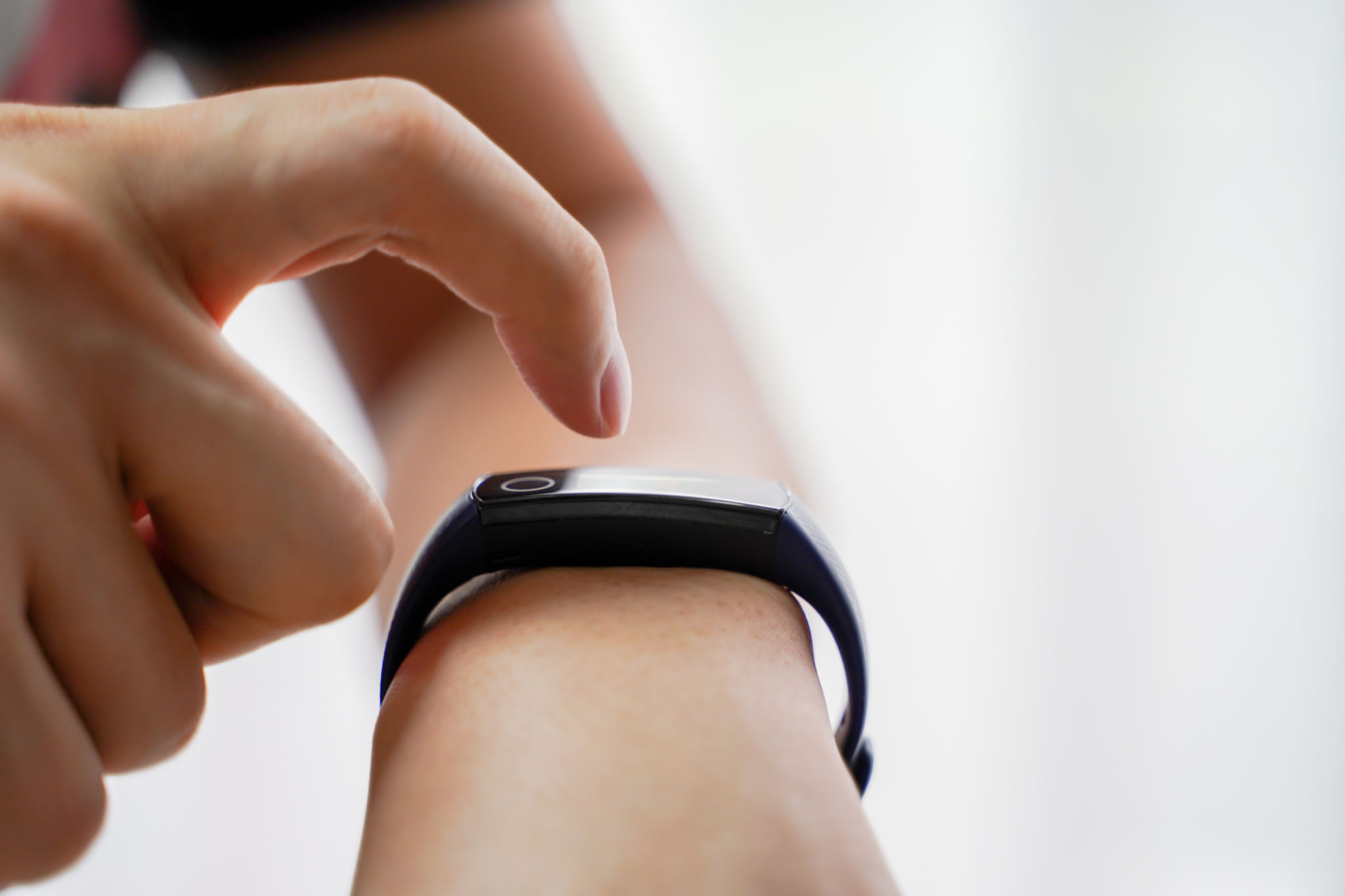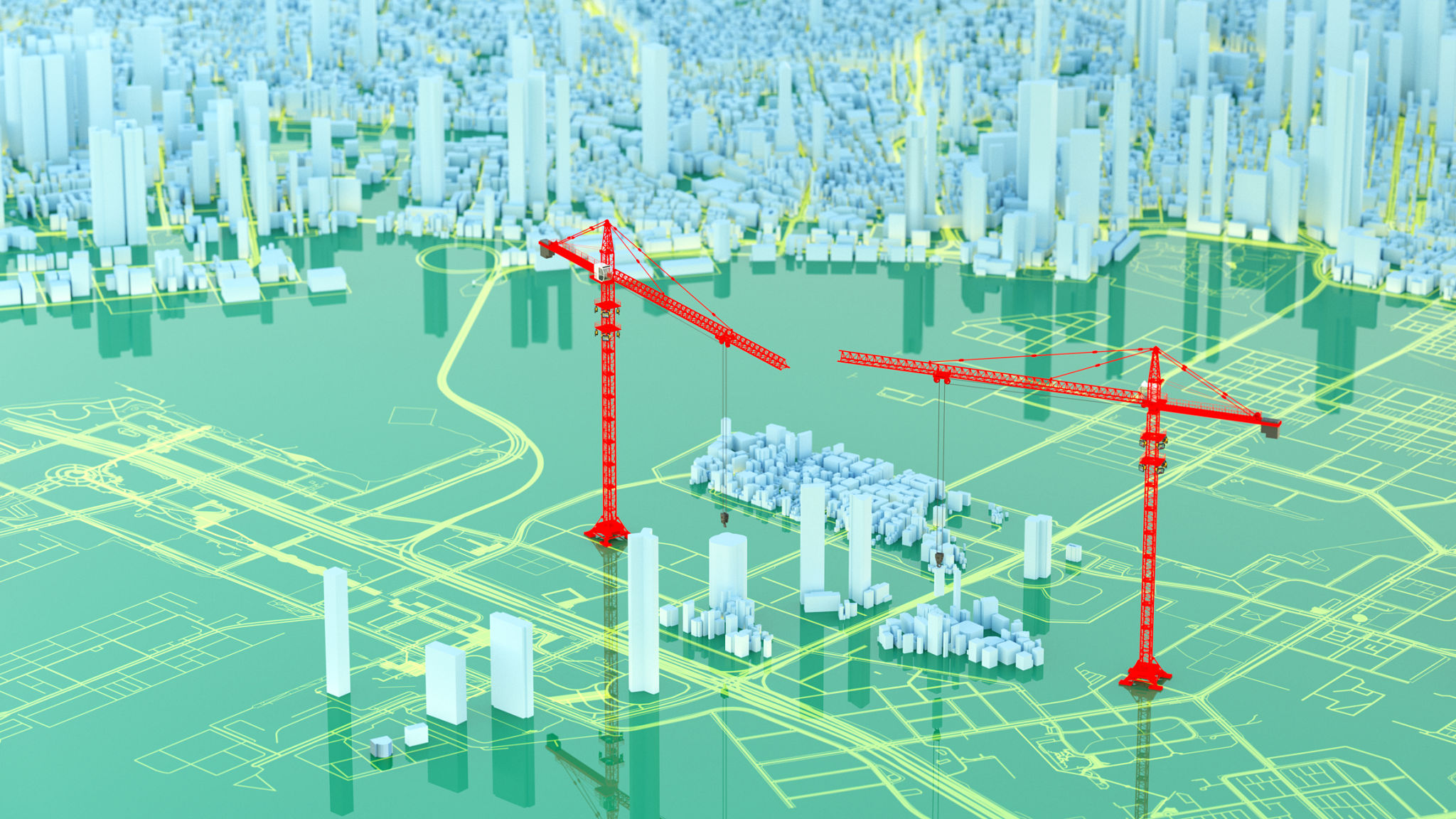A Guide to IoT Sensors in Structural Health Monitoring for Smart Buildings
Understanding IoT Sensors in Smart Buildings
In the era of smart technology, IoT sensors are revolutionizing the way we monitor and maintain building structures. Structural Health Monitoring (SHM) is a critical aspect of ensuring the longevity and safety of smart buildings. By incorporating IoT sensors, we can continuously track the health of a structure, identifying potential issues before they become serious problems.

Types of IoT Sensors Used in SHM
There are several types of IoT sensors commonly used in SHM. These include:
- Accelerometers: Measure vibration and movement, helping detect structural shifts.
- Strain Gauges: Monitor deformation in materials, indicating stress levels.
- Temperature Sensors: Track environmental conditions that might affect structural integrity.
Benefits of IoT Sensors in Structural Health Monitoring
IoT sensors provide numerous benefits in SHM. One of the most significant is the ability to perform real-time monitoring. This allows building managers to quickly respond to any signs of structural damage or unusual activity. Furthermore, IoT sensors can significantly reduce maintenance costs by pinpointing the exact locations and causes of structural issues.

Implementing IoT Sensors in Smart Buildings
Integrating IoT sensors into a building's infrastructure involves careful planning. It starts with identifying the critical areas that require monitoring, such as load-bearing walls and foundations. Once these areas are identified, appropriate sensors are installed and connected to a central data system for continuous monitoring.
Data Analysis and Decision Making
The data collected from IoT sensors is invaluable for decision-making. Advanced analytics can be applied to interpret this data, providing insights into the building's current health and predicting future issues. This proactive approach ensures that maintenance is carried out efficiently, reducing downtime and enhancing overall safety.

Challenges and Considerations
While IoT sensors offer numerous advantages, there are challenges to consider. These include ensuring data security, maintaining sensor calibration, and managing the vast amounts of data generated. Careful consideration and planning are essential to maximize the benefits of IoT in SHM.
The Future of IoT in Structural Health Monitoring
The future of IoT in SHM looks promising, with advancements in sensor technology and data analytics continuing to evolve. As smart buildings become more prevalent, the integration of IoT sensors will become standard practice, providing safer and more efficient building environments.
In conclusion, IoT sensors play a crucial role in the evolution of smart buildings. By enabling continuous monitoring and proactive maintenance, they ensure that structures remain safe and functional, paving the way for a future where buildings are as intelligent as they are secure.
